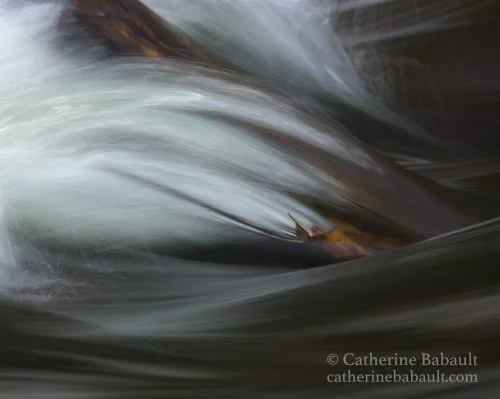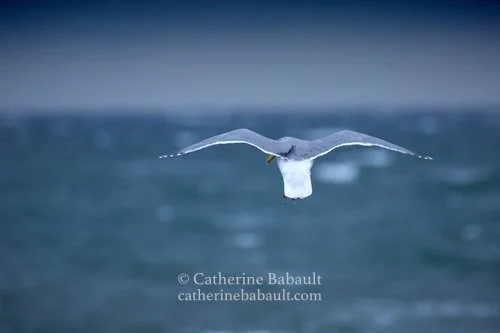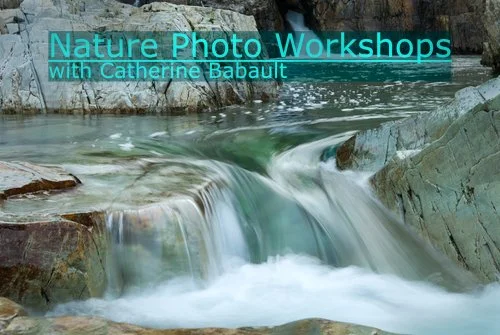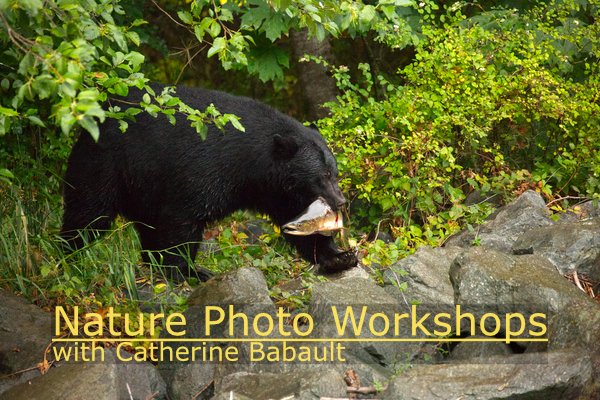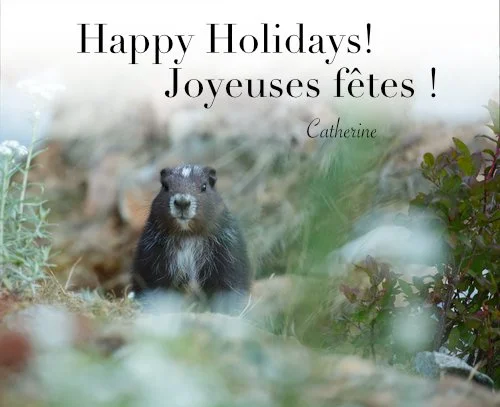When I am on a photo excursion in the forest, the red-legged frog tends to appear when I least expect it. Their colour is an excellent form of camouflage. Often, it is their leap at my approach that catches my eye. During any chance encounter with an animal, it is sometimes difficult to predict their reaction: will they run away or stay put? That’s why my first reaction is to stop and anticipate their intentions. Then I started moving cautiously to avoid frightening them while I think about my composition and my distance from the animal.
I determine where the light is coming from and if there is a backlight. I identify elements such as a branch in front of the frog or any other shape or object that might distract the attention of the person looking at the photo. I move slowly and, once in position, I carefully deploy my tripod. A stressed frog will puff up its abdomen to deter predators. I therefore keep an eye on my subject to assess their level of comfort; if I notice that they are stressed, I leave even though I have not got a shot. The animal wellbeing is more important to me than my portfolio. Once the camera is mounted on the tripod, I adjust the settings and frame based on the intended result before releasing the shutter. Then I check the composition and histogram on the camera screen.
Because it is a chance encounter with a wild animal, everything happens very quickly and yet quietly so as not to stress it. Also I don’t overstay to avoid disturbing the animal in its routine.






